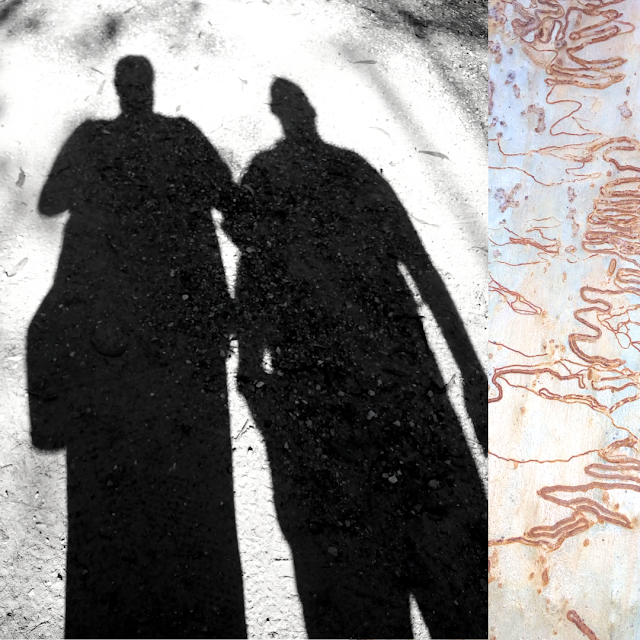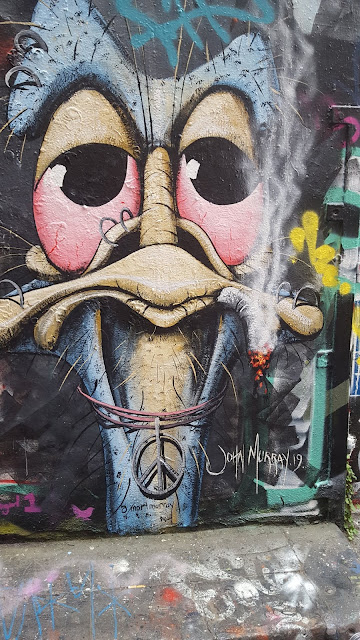Before buying a new sewing machine, think about how you will be using it. Standard clothing repairs and construction don’t require a state-of-the-art, computerized sewing machine. On the other hand, buying the cheapest model available could prevent you from developing your skills beyond the basics and leave you needing to upgrade before too long. Knowing what you’re going to be doing will give you an idea of the features that will be the most useful to you. Before committing to the purchase take a moment to consider the following:
1. What types of projects do you plan to be sewing on the machine? - dressmaking, quilting, bag making, mending, free motion stitching, costumes, evening / bridal wear, curtains etc.
2. What is the thinnest fabric you will be sewing on the machine, and what will be the thickest fabric? - if you plan to make bags or quilt, you will need a machine that can handle thickness with ease.
3. How often will you use the machine and how noisy is it? - How often you plan to use the sewing machine and how loud it is, goes hand in hand. Many sewers, myself included mostly sew in the evening. Unless we have a room that is away from the sleeping family a noisy machine can cause disruptions.
4. What is your budget? - Stretch your budget as much as possible, without breaking it and purchase the best machine you have the budget for. If you are a beginner sewer, consider buying something that may be the next step up. As your confidence and enthusiasm grow, you will want to take on more difficult projects and doing this with a machine that’s set up for this is much more rewarding.
5. How do you plan on paying for the new machine? - Your budget may be determined by how you intend to fund the machine purchase. Will you be using cash, lay-by, credit card or finance. There are many options available if you choose to finance, read the fine print. In the fine print, look for information regarding monthly account keeping fees, transactions fees or any penalties if the loan is paid off early.
6. What attachments & special features are included with the machine purchase? - Most sewing machines come with a range of accessories and features. Ask which attachments come as standard and which you can buy separately.
Here are a few of the accessories often included:
Presser Feet & Different Width Feet – these are invaluable for basic sewing, allowing you to switch between allowance widths and the zigzag stitch
Buttonhole foot, blind hem foot, zipper foot – these are all essential features for making clothing
Walking Foot, ¼” foot, freehand embroidery foot – these features are necessary if you want to make quilts
And here are a few of the Special Features:
Needle Threader – in some machines this will be automatic and in others, it will semi-automatic or non-existent
Needle Up/Down- This feature allows you to stop the needle either in the up or down position which simplifies pivoting and turning fabric.
Adjustable Speed Control – allows you to adjust how fast or slow you sew.
Needle Position adjustment – Allows you to move the needle either left or right. Ideal for zippers, top stitching and bag making.
Lighting – make sure you can adequately see what you are sewing.
Automatic Thread Cutter – Many machines have an automatic thread cutter; all you have to do is push a button, and it cuts the thread
Knee Lifter – It allows you to lift the presser foot while your hands are holding the fabric in place, ideal when free motion quilting.
Stop/Start button – Some machines have a start-stop button which means you don’t need to have the foot control attached.
Free Arm – A removable piece from the sewing deck which allows you to slip something narrow (like a sleeve or fabric bowl) under the needle.
Extension Table – extends the table area which is helpful when quilting or free motion stitching
Size of work area - Specialty machines for quilting have a larger area from the needle to the shank of the machine which makes it much easier for bunging up your quilts when quilting them.
7. How many stitches does the sewing machine have? - At the very least make sure it has: Straight stitch, zig zag & buttonhole and that you are able to alter the length/width of these with ease. With these stitches, you are able to achieve most general sewing projects. If you plan on quilting with the machine ensure it also has the option to free motion stitch.
Another aspect to consider is service after the sale. To keep a sewing machine in good running order, it needs to be serviced at least once a year and more regularly if it’s in heavy use. Are there service centers in your local area and do they repair all brands?. If you already have a brand in mind, call your local center and ask the service person if they service that particular brand. There is no point in buying a new sewing machine that is too difficult to get repaired. Many service centers have preferred brands. It is worth asking them if there are any brands they really don’t like repairing or won’t fix. A poorly repaired machine is very frustrating and affects the enjoyment and quality of your sewing.
Related Posts
Are you having trouble threading the needle
How a mundane day turned into a creative day
Make a simple sketchers go bag
subscribe to 'The Mel's Artistic Journey' newsletter









































